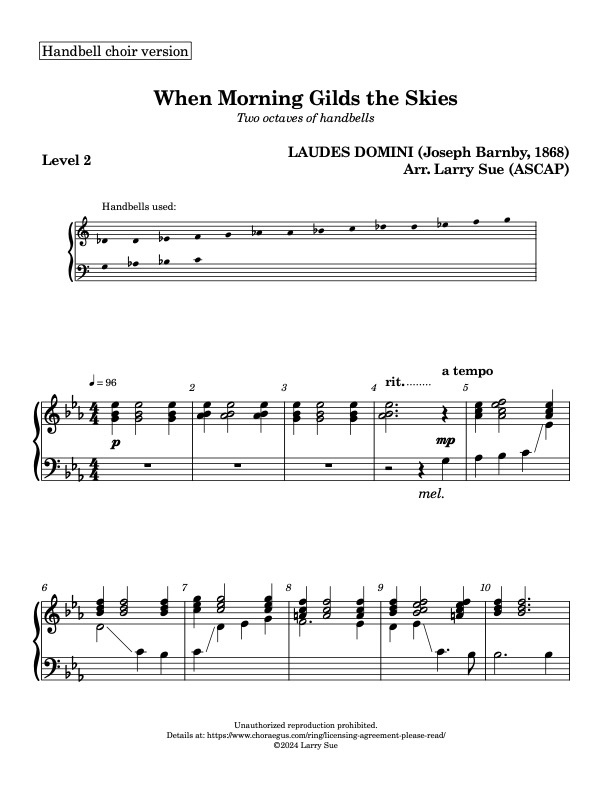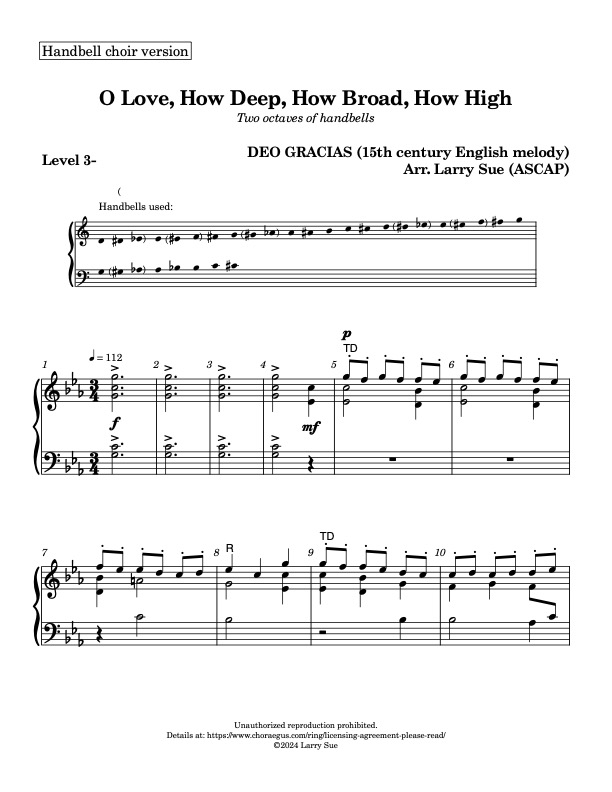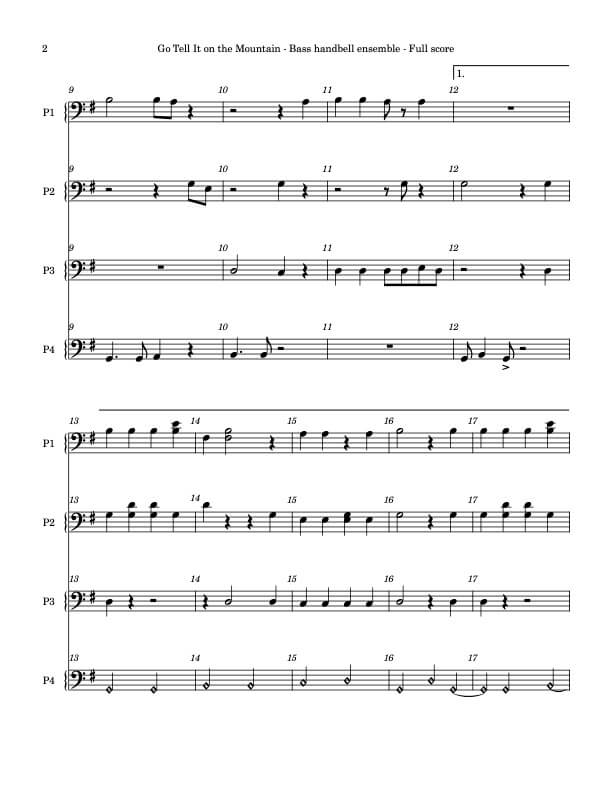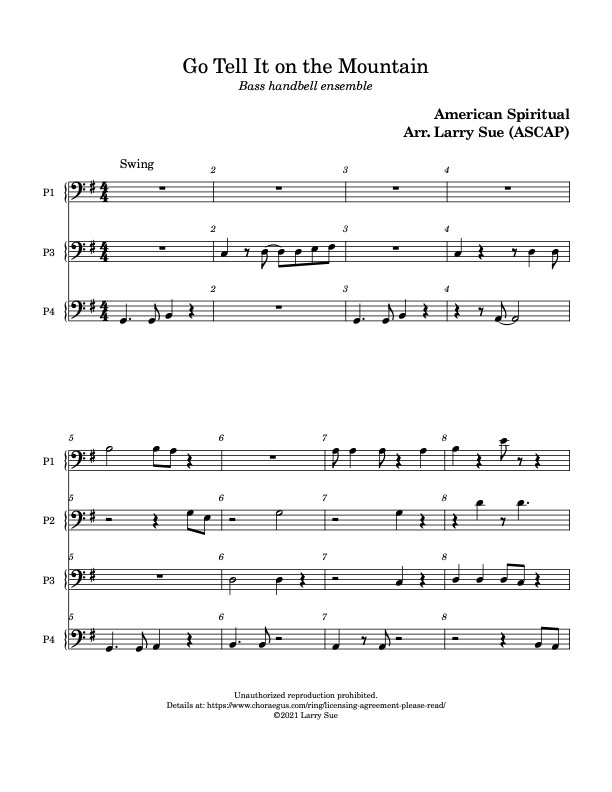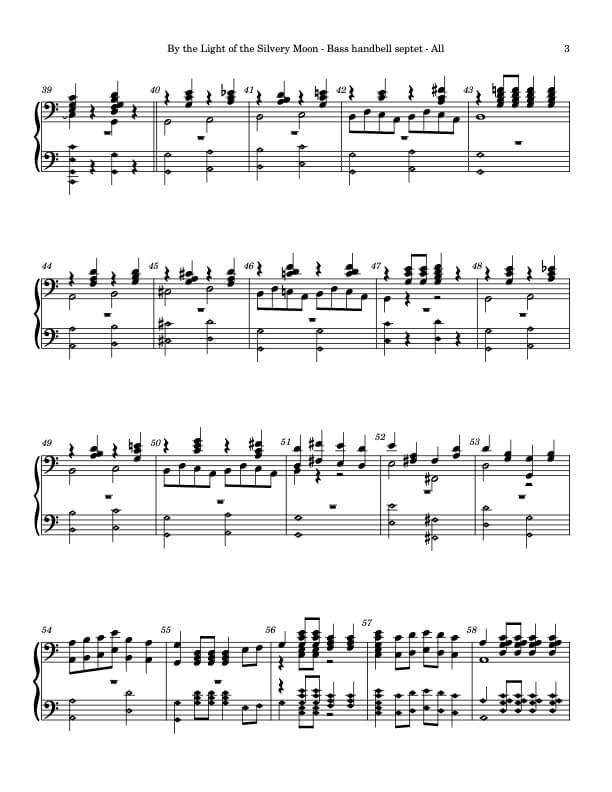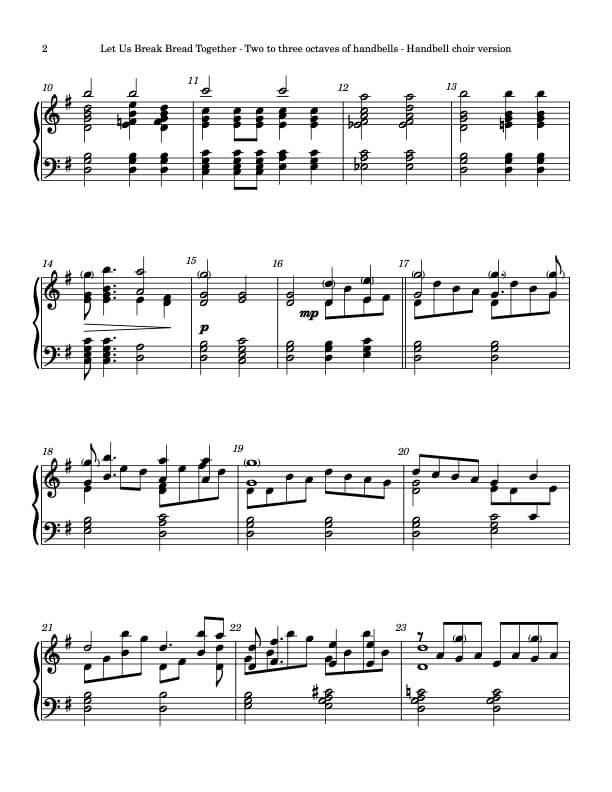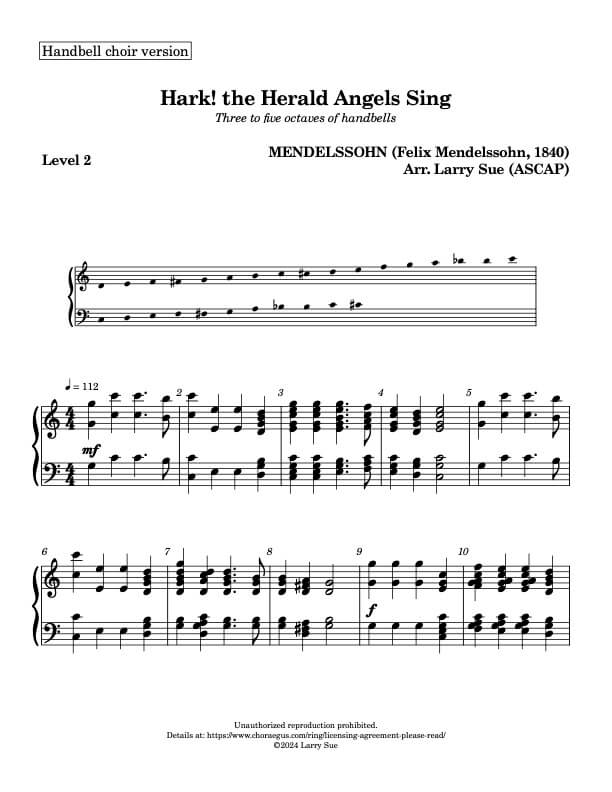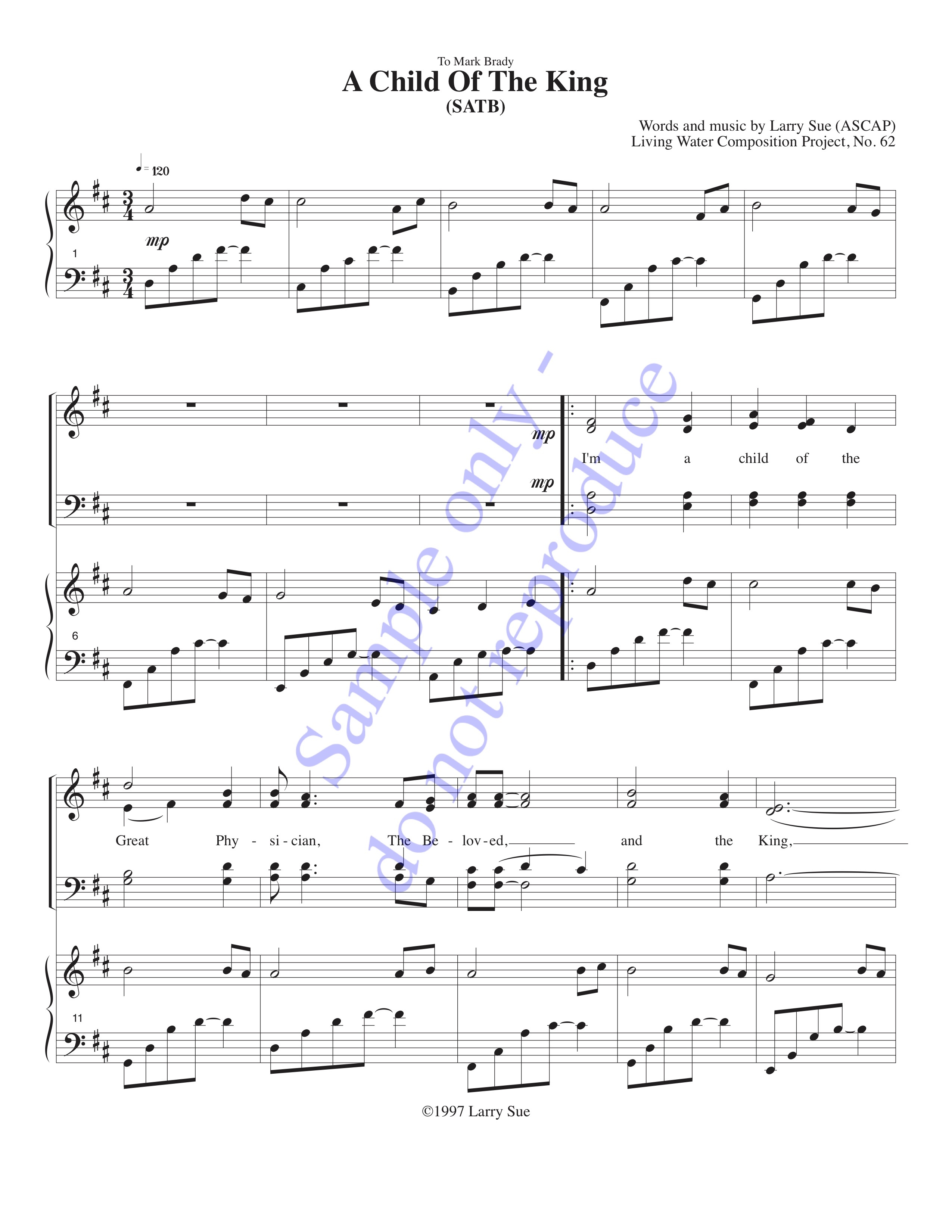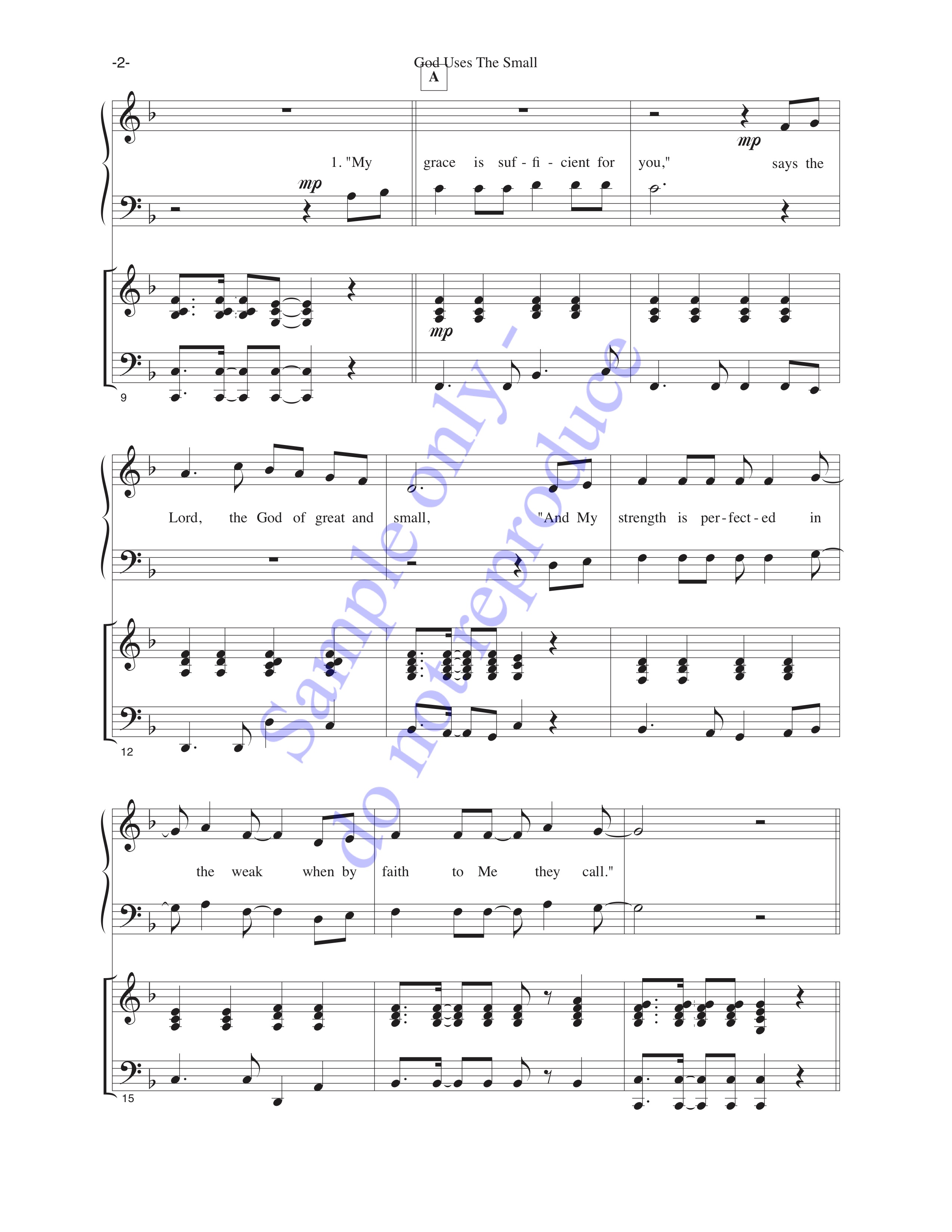We have one book in our e-store, the Bass Ringer’s Notebook. It covers many topics withing the first of ringing bass handbells, and Handbell Musicians of America recognizes it as a useful reference on the subject.
You may ask what need there would be for such a volume. After all, “a handbell is a handbell is a handbell”, no? Well, not quite, because they become larger and heavier as you proceed to lower and lower notes. For instance, the highest bells in a five-octave set weigh about half a pound apiece, with their handles accounting for over half of the weight in some cases. By contrast, the largest/lowest bells in that same five-octave set weigh between seven and eleven pounds (yes, each), depending in manufacturer.
The sheer mass of bass handbells imposes a few requirements on the ringers assigned to that part of the table: You must be able to lift them, you must be able to play them, and you must be able to damp them (i.e. “turn them off”). All of those require better than average strength, and so most of the time the biggest and brawniest players receive the assignment to manage them. I have to admit, though, that I don’t fit the “bass ringer paradigm”; I became a bass ringing specialist because my director sent me to that part of the table (and everywhere else, by the way), and then by acquiring the entire lowest octave when my bass tandem partner moved on to another exciting opportunity. Now I simply achieve reconciliation of the mass and volume of bass bells with my less-than-impressive stature by noting in workshops that “I have an advantage over many of you, because I’m already down here where the bells are on the table.”
The Bass Ringer’s Notebook documents much of my experience as a bass ringing specialist and the techniques that go into what I do as a bass ringer. Completeness, though, hasn’t happened, because I’m still learning! We’re at the second edition now, but a third might emerge at some point.
I hope you’ll consider this volume for your library, and as a means of adding to what you know about handbells


